YOGA: A COMPASS FOR NAVIGATING TODAY'S CRISIS-STRICKEN WORLD
In 2025, yoga is establishing itself as much more than a physical or spiritual discipline: it is becoming an essential response to the multiple crises of our time.
Whether it's political tensions, climatic upheavals, economic uncertainties, international conflicts or technological challenges, this age-old practice offers concrete solutions to ease anxiety, strengthen resilience and cultivate inner balance.
Written by Valentine - January 2025
Reducible content
Reading time
Approx. 10 minutes
WHAT YOU'RE ABOUT TO DISCOVER
- How yoga can help manage anxiety related to global political tensions, offering tools to strengthen your emotional resilience.
- Practices for reconnecting with nature in the face of the climate crisis, and how yoga inspires sustainable, eco-friendly lifestyle choices.
- The benefits of yoga on self-confidence and grounding, to overcome economic uncertainties and stay aligned in a changing world.
- Meditation and mindfulness techniques to find inner peace in the face of latent conflicts and wars.
- The role of yoga in preserving human consciousness in an age of artificial intelligence and technological challenges.
- The effectiveness of yoga Nidra in combating global exhaustion, by promoting deep mental and emotional regeneration.
- Real-life examples of how yoga is transforming lives in different contexts around the world in January 2025.
- "Let's take a look!
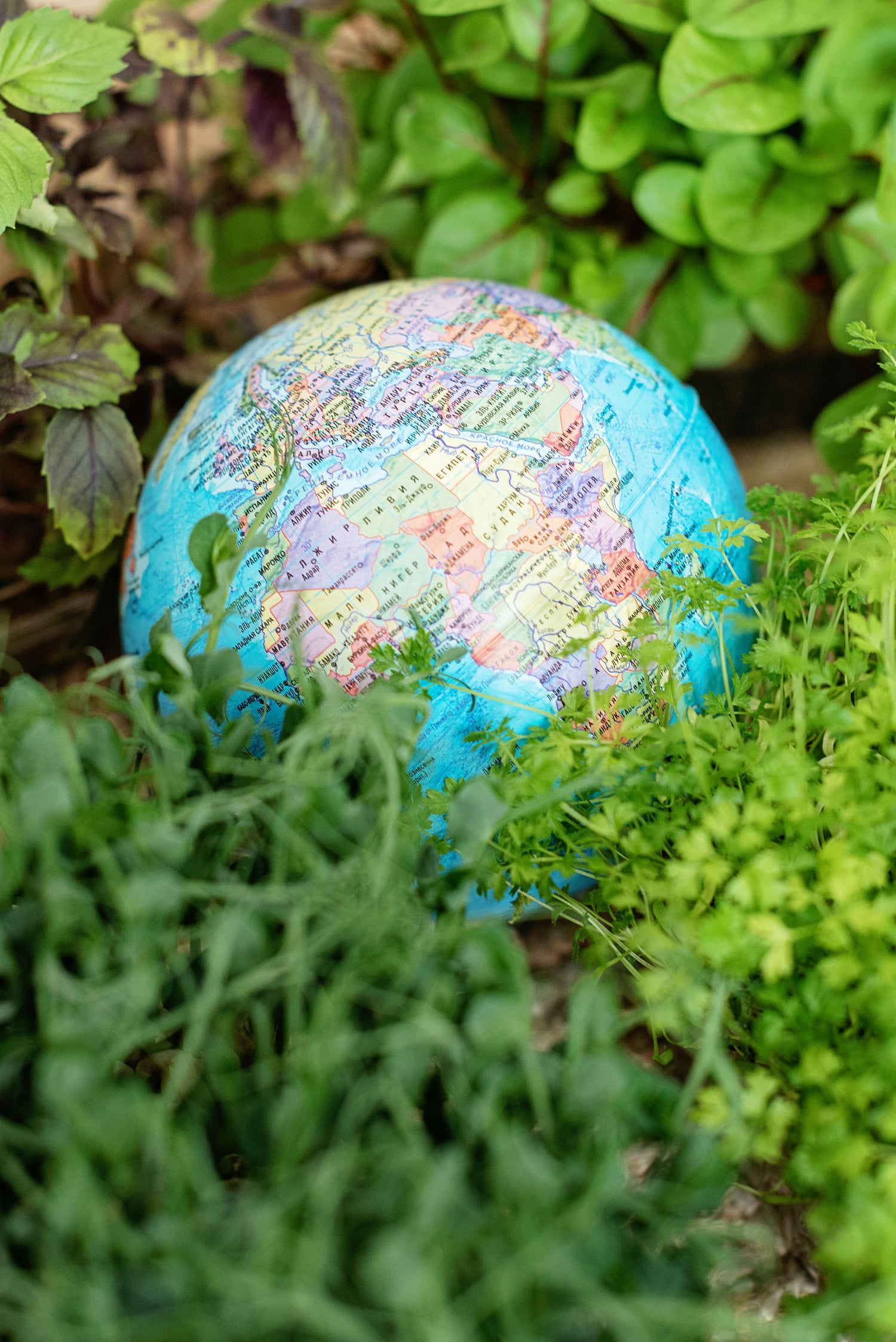
IN THE FACE OF GLOBAL POLITICAL TENSIONS: CULTIVATING EMOTIONAL RESILIENCE
The year 2025 is marked by rising political tensions and conflicts, fuelling collective anxiety and fear. Ongoing conflicts, such as the war in Ukraine and tensions in the Middle East, exacerbate global uncertainties, while political crises in countries like Brazil and South Korea fuel social polarization. These challenges profoundly affect the mental well-being of individuals and communities.
Positive impact of yoga:
Yoga offers essential tools for managing these high-stress situations. Practices such as pranayama (conscious breathing), especially Nadi Shodhana (alternate breathing), help reduce activity in the amygdala, responsible for fear and anxiety responses, while enhancing mental clarity. Regular meditation promotes better emotional regulation and helps individuals regain inner balance.
Yoga postures such as Balasana (child's pose) or Savasana (deep relaxation posture) are also effective in relaxing the body and calming the mind, offering a temporary refuge from an unstable world.
Concrete examples (Current January 2025) :
- In Ukraine: Community centers in Kiev and Odessa offer free yoga sessions for conflict-affected populations. These sessions combine breathing exercises and soothing postures, offering a space of mental peace to participants facing daily traumas. Participants report better management of their emotions and an increased sense of solidarity.
- In Gaza: Local NGOs, in collaboration with international yoga teachers, organize therapeutic yoga workshops for children living in conflict zones. These practices are designed to help children channel their stress and reduce the impact of post-traumatic stress on their development.
- In Brazil: in the face of demonstrations linked to political and social crises, mobile yoga groups offer open-air sessions in sensitive neighborhoods. These initiatives attract hundreds of participants every week, enabling them to release physical and mental tensions while strengthening social cohesion.
- In Ethiopia: In areas affected by ethnic conflict, yoga retreats for women are organized to provide a safe, calming space. These programs include meditation practices focused on emotional healing and building individual resilience.
Summary :
In a world marked by growing political tensions, yoga acts as an emotional shield, offering concrete tools for navigating uncertainties and regaining a sense of inner calm. Through global and local initiatives, this age-old discipline is proving its effectiveness in strengthening collective and individual resilience in the face of contemporary challenges.
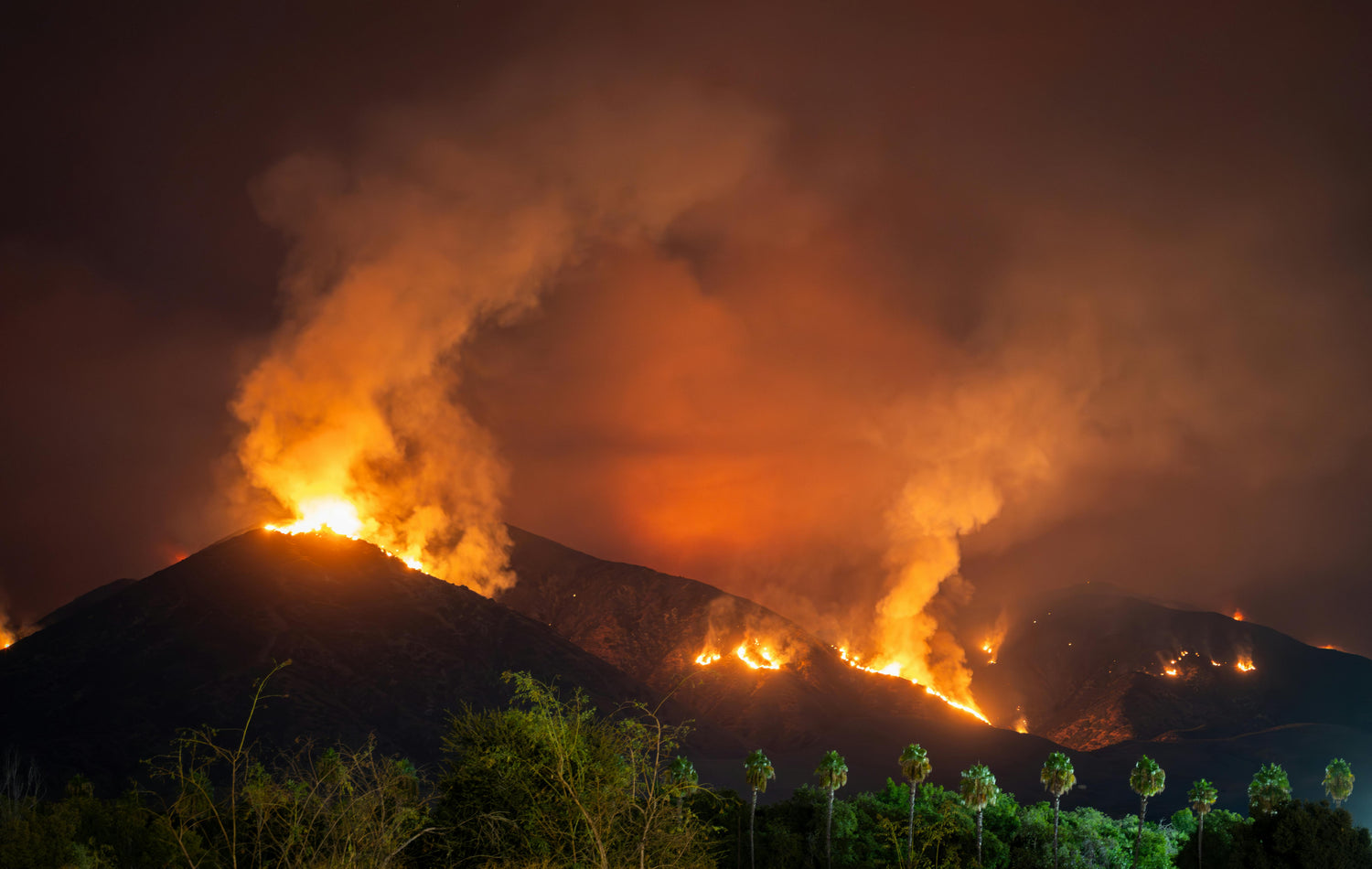
FACING THE CLIMATE CRISIS: FINDING HARMONY WITH NATURE
In 2025, natural disasters are becoming increasingly frequent and intense: rising waters, extreme heat waves, devastating fires and devastating cyclones. These events profoundly disrupt communities, leading to increased collective stress, a loss of bearings and a feeling of powerlessness in the face of environmental degradation.
Positive impact of yoga:
Yoga offers a unique response to these challenges, inviting us to cultivate a harmonious relationship with nature. Outdoor practices such as Surya Namaskar (sun salutations) strengthen our connection to our environment, while encouraging ecological awareness. The philosophy ofAhimsa (non-violence) inspires more sustainable lifestyle choices, encouraging us to reduce our carbon footprint and respect all living beings.
Meditations focusing on gratitude for Mother Earth help transform eco-anxiety into positive action. By combining movement, breathing and introspection, yoga offers a means of personal regeneration that fuels collective commitment.
Concrete examples (Current January 2025) :
- California: After devastating wildfires destroyed hectares of forest, workshops combining outdoor yoga and reforestation initiatives were set up. Participants, often local residents affected by the material and ecological losses, meditate in reforested areas before planting trees, strengthening their emotional bond with nature.
- In the Philippines: In areas hit by typhoons and flooding, community organizations organize sunrise yoga sessions on beaches. These practices aim to soothe post-disaster stress while raising local awareness of coastal ecosystem management, essential for limiting the impact of future storms.
- In Europe: "Forest bathing" yoga classes are proliferating in Nordic countries to raise awareness of the need to preserve ancient forests. These sessions include discussions on the importance of trees in the fight against climate change, followed by meditations focusing on harmony with nature.
- In India: permaculture yoga retreats teach participants to grow sustainable food through postures and meditation. These programs promote ecological sobriety and food resilience in rural areas affected by drought.
Summary :
Yoga doesn't just heal the body and mind; it also offers a perspective on restoring balance with our environment. In a world marked by growing climate crises, this ancient practice guides individuals and communities towards more sustainable choices, while easing collective anxiety about ecological challenges.

IN THE FACE OF ECONOMIC UNCERTAINTY: ANCHORING AND SELF-CONFIDENCE
In 2025, economic uncertainties are omnipresent: high inflation, financial market instability, growing inequality, and threats to employment from automation and artificial intelligence. These economic pressures cause considerable stress, leading to widespread anxiety and, in some cases, mental and physical exhaustion.
Positive impact of yoga:
Yoga plays an essential role in helping individuals navigate these uncertain times. Postures such as Vrksasana (the tree) or Virabhadrasana (the warrior) symbolize and encourage stability and resilience. Meditation and pranayama (conscious breathing), particularly Bhramari Pranayama (bee breathing), help to calm intrusive thoughts linked to fear of the future.
By focusing on the present moment and cultivating a sense of groundedness, yoga practitioners develop an inner strength that enables them to cope better with economic pressures.
Concrete examples (Current January 2025) :
- Silicon Valley (USA): Technology companies affected by massive layoffs due to economic restructuring are offering yoga and meditation classes to their employees to manage anxiety linked to professional instability. These initiatives help maintain healthy productivity and reduce the risk of burnout in stressful environments.
- Europe: With the energy crisis and inflation weighing on households, community yoga centers in Germany and Spain are offering classes at reduced prices or free of charge. These practices help participants to boost their self-confidence, despite growing financial pressures.
- India: In rural areas affected by economic insecurity, yoga retreats teach farmers meditation techniques and postures focused on resilience. These programs help them maintain their mental health in the face of climatic and economic uncertainties that threaten their livelihoods.
- Latin America: In Buenos Aires, where inflation is reaching record levels, open-air yoga classes are attracting increasing numbers of participants. These free sessions, often held in public parks, offer an escape from everyday economic pressures.
Summary :
In an unstable economic context, yoga acts as an inner compass, helping individuals to find their balance despite external challenges. By cultivating stability and self-confidence, this age-old practice offers invaluable support in navigating economic storms and staying connected to one's inner potential.
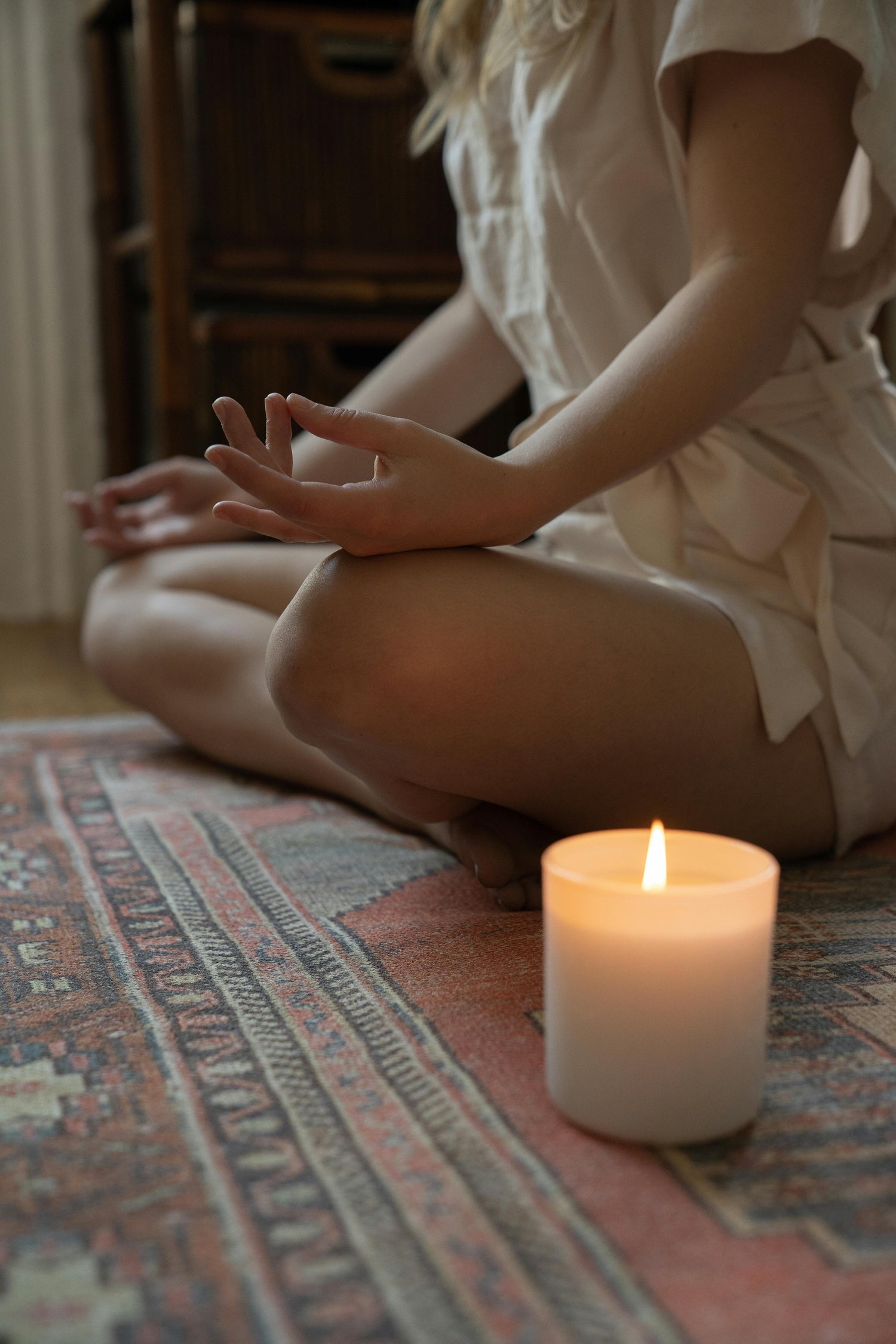
IN THE FACE OF WAR AND INSTABILITY
In 2025, armed conflicts and international tensions, such as those in Ukraine, the Middle East and Africa, are plunging millions of people into uncertainty and fear. Images of destruction, massive population displacement and the rise of alarmist rhetoric are fuelling global anxiety and a sense of powerlessness in the face of the future.
Positive impact of yoga:
Yoga and meditation offer powerful tools for finding inner refuge in the midst of external chaos. Mindfulness practices help refocus the mind on the present moment, reducing anxiety-provoking thoughts linked to out-of-control events.
Chanted mantras (Japa), such as "Om Shanti" (peace), bring a sense of serenity and emotional stability, even in the midst of difficult situations. In addition, restorative postures such as Balasana (child's posture) or Savasana (relaxation posture) help release physical and mental tension caused by prolonged stress.
Concrete examples (Current January 2025) :
- Syria: In refugee camps hosting families displaced by the conflict, NGOs organize therapeutic yoga sessions. These classes include deep breathing exercises and guided meditations, helping survivors to soothe trauma and regain emotional balance. Children, in particular, benefit from tailored practices that help reduce anxiety.
- Ukraine: In Kiev and other war-affected cities, community centers are offering yoga classes to help residents cope with daily instability. These sessions include resilience meditations and gentle practices to release stress-related physical tension.
- Gaza: Local groups, supported by international yoga teachers, organize workshops combining yoga and art therapy for women living in war-torn environments. These sessions enable participants to express their emotions while regaining a sense of inner security.
- Sahel region (Africa): In the face of violence linked to armed groups, community yoga programs are set up to offer displaced populations a space of respite. Practices include mantra chanting to reinforce hope and solidarity within communities.
Summary :
In a world marked by conflict and instability, yoga acts as an anchor, offering an inner refuge for those suffering from the direct or indirect impacts of war. Thanks to its holistic practices, it helps rebuild inner peace and cultivate deep resilience in the face of the most difficult trials.

FACED WITH THE DANGER OF ARTIFICIAL INTELLIGENCE: CULTIVATING HUMAN CONSCIOUSNESS
In 2025, artificial intelligence (AI) is rapidly transforming our societies, raising ethical and existential concerns. From the threat of massive job loss to the excessive collection of personal data, not to mention the impact on human interaction, AI arouses as much fascination as fear. The emergence of advanced AI systems, such as conversational robots and predictive algorithms, calls into question our role as human beings in an increasingly automated world.
Positive impact of yoga:
Yoga helps us cultivate our human consciousness, an essential element for navigating a technology-dominated era. The practices of Dharana (concentration) and Dhyana (deep meditation) strengthen our ability to stay grounded in the present moment and to think ethically about the challenges of AI.
Yogic philosophy reminds us that technology is a tool at the service of humanity, not the other way round. Practices like Trataka (concentration on a fixed point) improve our mental clarity and discernment, essential for making decisions in line with our human values.
Concrete examples (Current January 2025) :
- Silicon Valley (USA): Technology companies integrate yoga and meditation sessions into their work routines to help their engineers design more ethical solutions. Mindfulness workshops encourage developers to reflect on the human impact of the algorithms they create.
- Asia: In Japan, AI training schools are integrating yoga classes into their programs to teach future engineers the importance of responsibility and balancing technology and humanity. These courses include pranayama practices to improve concentration and mental clarity.
- Europe: In the face of increasing automation and worries about job losses, yoga centers in Germany and France are organizing meditation sessions on the theme of resilience. These practices help participants to approach the transformations of the job market with calm and perspective.
- India: In major tech cities like Bangalore, corporate yoga programs are specifically designed for employees working on AI projects. Dharana practices are used to foster ethical thinking and informed decision-making in the design of technological solutions.
Summary :
In a world transformed by artificial intelligence, yoga acts as a guide to preserving our human essence. By inviting us to slow down, reflect and reconnect with our values, it helps us to see technology as an ally, not a threat. Thanks to its tools of awareness and concentration, yoga becomes a bridge between innovation and ethics, between technological progress and humanity.
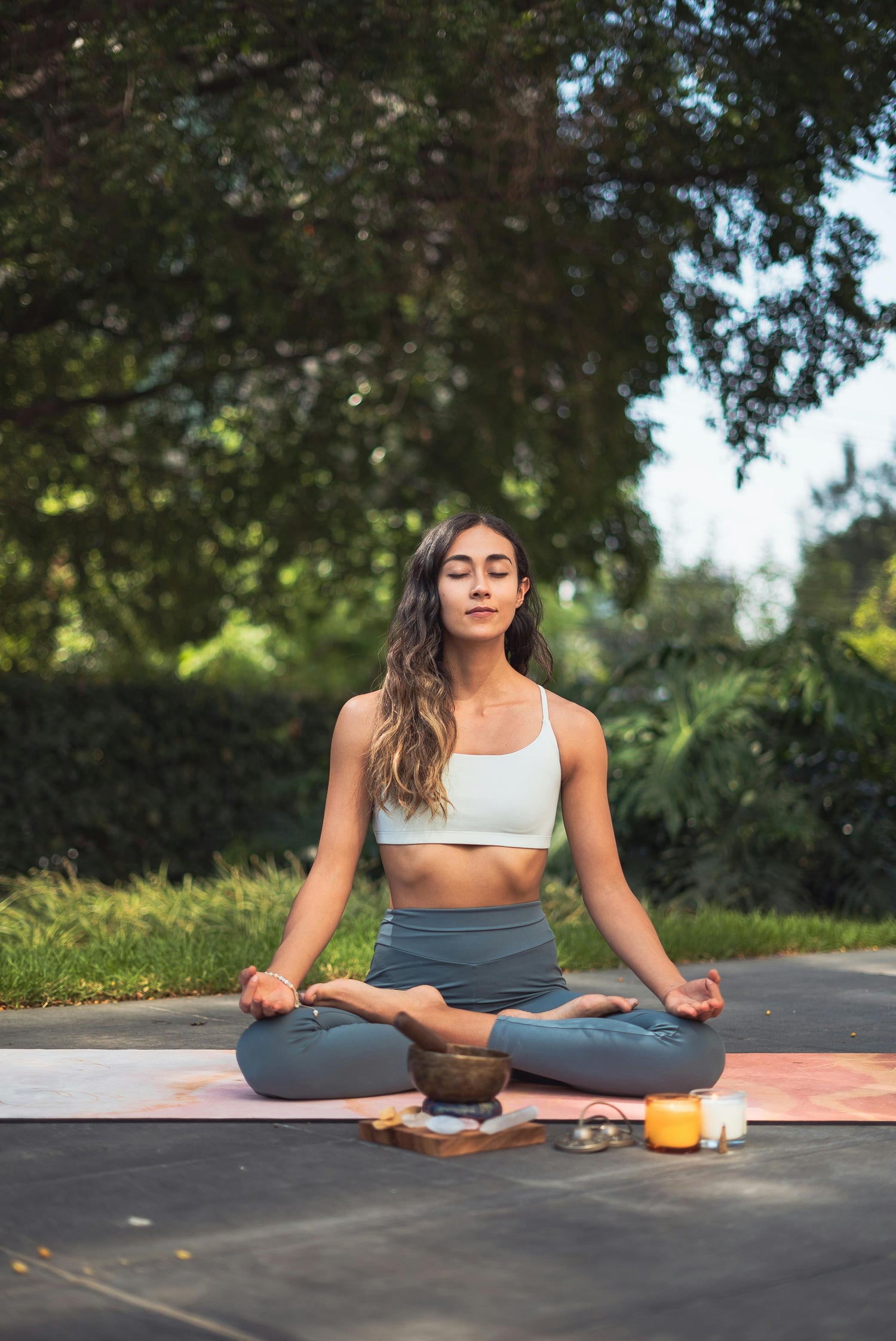
FACING GLOBAL EXHAUSTION: FINDING INNER PEACE IN A CHANGING WORLD
In 2025, the frenetic pace of the modern world, amplified by social networks and the constant explosion of information, is weighing down our daily lives. Incessant notifications, mental overload and performance pressure leave little room for genuine rest. This collective exhaustion leads to a rise in burnout and a disconnection from oneself, profoundly affecting overall well-being.
Positive impact of yoga:
Yoga Nidra, or "sleep yoga", is proving to be a powerful solution to counter the effects of this widespread exhaustion. This practice of deep relaxation guides the body and mind into a state of consciousness between wakefulness and sleep, enabling complete mental and physical regeneration.
Yoga Nidra sessions, often accompanied by guided visualizations, reduce stress levels, improve sleep quality and restore emotional balance. Combined with gentle postures such as Savasana, it offers a space to disconnect from external overload and reconnect with oneself.
Concrete examples (Current January 2025) :
- Europe: Yoga Nidra retreats in Germany and Scandinavia are attracting increasing numbers of participants seeking to disconnect from screens and regain emotional balance. These retreats include phone-free sessions and silent meditation practices, offering a refuge from digital hustle and bustle.
- USA: Fortune 500 companies faced with high turnover rates linked to burnout are now offering weekly Yoga Nidra sessions to their employees. These practices help to improve concentration and reduce mental exhaustion, thereby increasing job satisfaction.
- India: In stressful cities like Mumbai, yoga studios offer express 30-minute yoga Nidra sessions for professionals. These sessions, often organized during the lunch break, enable fast and effective recovery.
- Japan: Faced with a culture of overwork, high schools are integrating yoga Nidra into their programs to help students manage academic pressure and high societal expectations. Teachers report a significant improvement in concentration and a reduction in anxiety symptoms among students.
Summary :
In a world saturated with information and distractions, yoga Nidra offers a space of refuge to calm the mind and revitalize the body. This practice, suitable for everyone, is becoming an essential answer to navigating the mental overload of 2025. By cultivating inner peace, it provides individuals with a solid foundation for tackling the challenges of modern life.
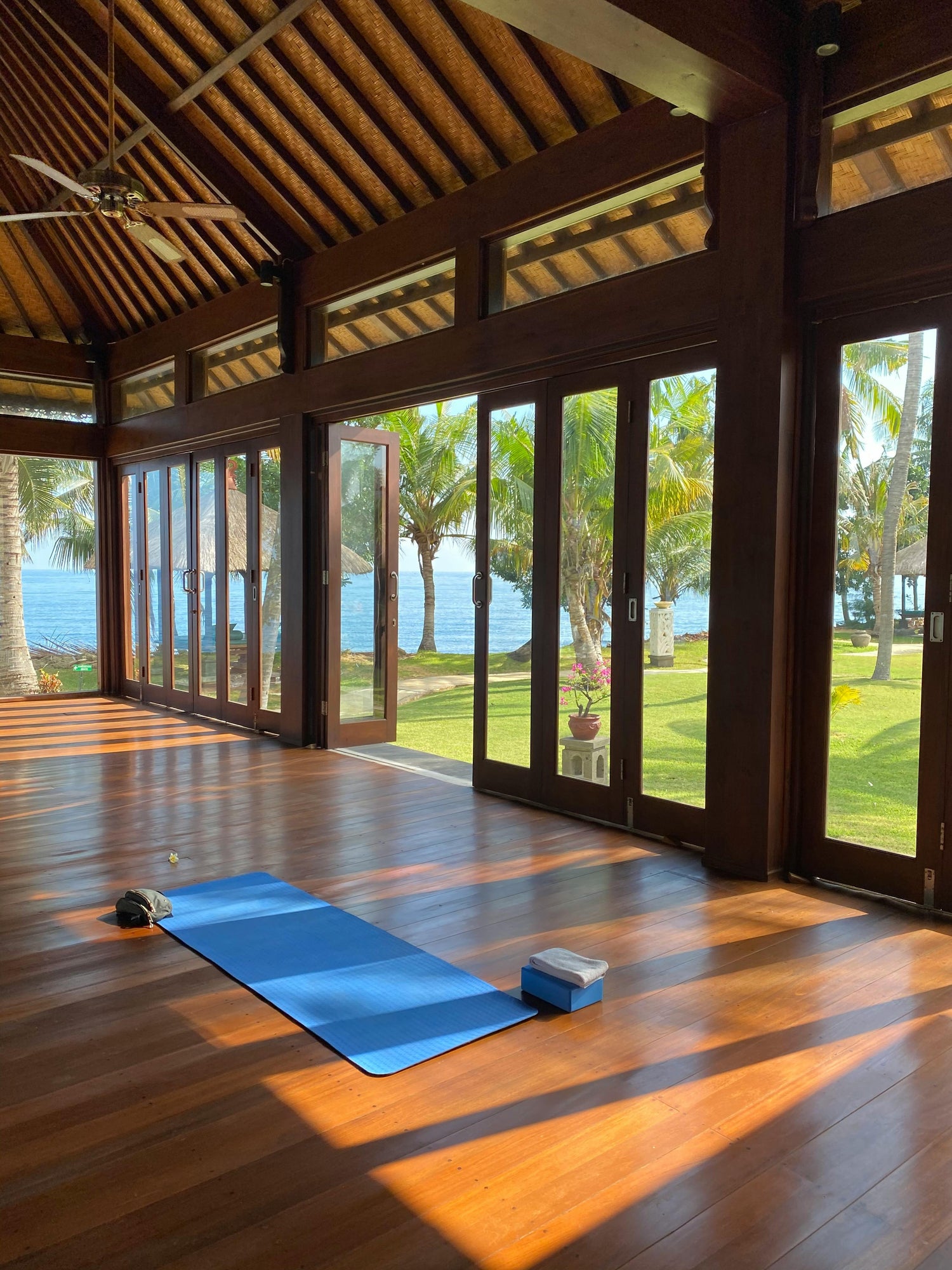
YOGA: A TIMELESS RESPONSE TO CONTEMPORARY CHALLENGES
In an ever-changing world, yoga is proving to be a veritable inner compass, guiding everyone towards serenity, balance and resilience in the face of contemporary challenges.
In 2025, yoga is establishing itself as much more than a physical or spiritual discipline: it is becoming an essential response to the multiple crises of our time. Whether political tensions, climatic upheavals, economic uncertainties, international conflicts or technological challenges, this age-old practice offers concrete solutions to ease anxiety, strengthen resilience and cultivate inner balance.
Yoga invites us all to reconnect with what's essential, to rediscover harmony with ourselves, others and the planet. Through tools such as pranayama, meditation, yoga Nidra and symbolic postures, it transforms uncertainty into an opportunity for personal and collective growth.
More than ever, in an ever-changing world, yoga is a timeless refuge, reminding us that calm, strength and peace always begin within.In an ever-changing world, yoga proves to be a true inner compass, guiding everyone towards serenity, balance and resilience in the face of contemporary challenges.
Thanks for this timely post!
HEALTHY MIND, HEALTHY LIFE
Valentine's bio
-

VALENTINE
1994, Reunion Island, Mauritius, a Life of the Indian Ocean and Yoga
Since childhood, this intrepid traveler has crisscrossed the globe, leaving her footprints on beaches the world over.Passionate about surfing, scuba diving and sailing, she has made the ocean her playground and source of inspiration.
The freedom of the waves, the serenity of the ocean depths and the wind in his sails have punctuated his journey, always guided by a quest for connection with nature.
Through her explorations, yoga has become more than a practice for her - it's a way of life.
Between morning surf sessions and meditative sunsets, she has found in yoga a perfect balance of strength, fluidity and self-awareness.
Today, she combines her passion for water sports with teaching yoga and is part of the Yogaterrae team, here in France, in the South-West and often remotely :)
This adventuress is a true source of inspiration for anyone who aspires to live in harmony with their body and nature.
Through her stories of incredible experiences, she invites everyone to open up to a world where every wave, every breath and every posture is a celebration of life.



